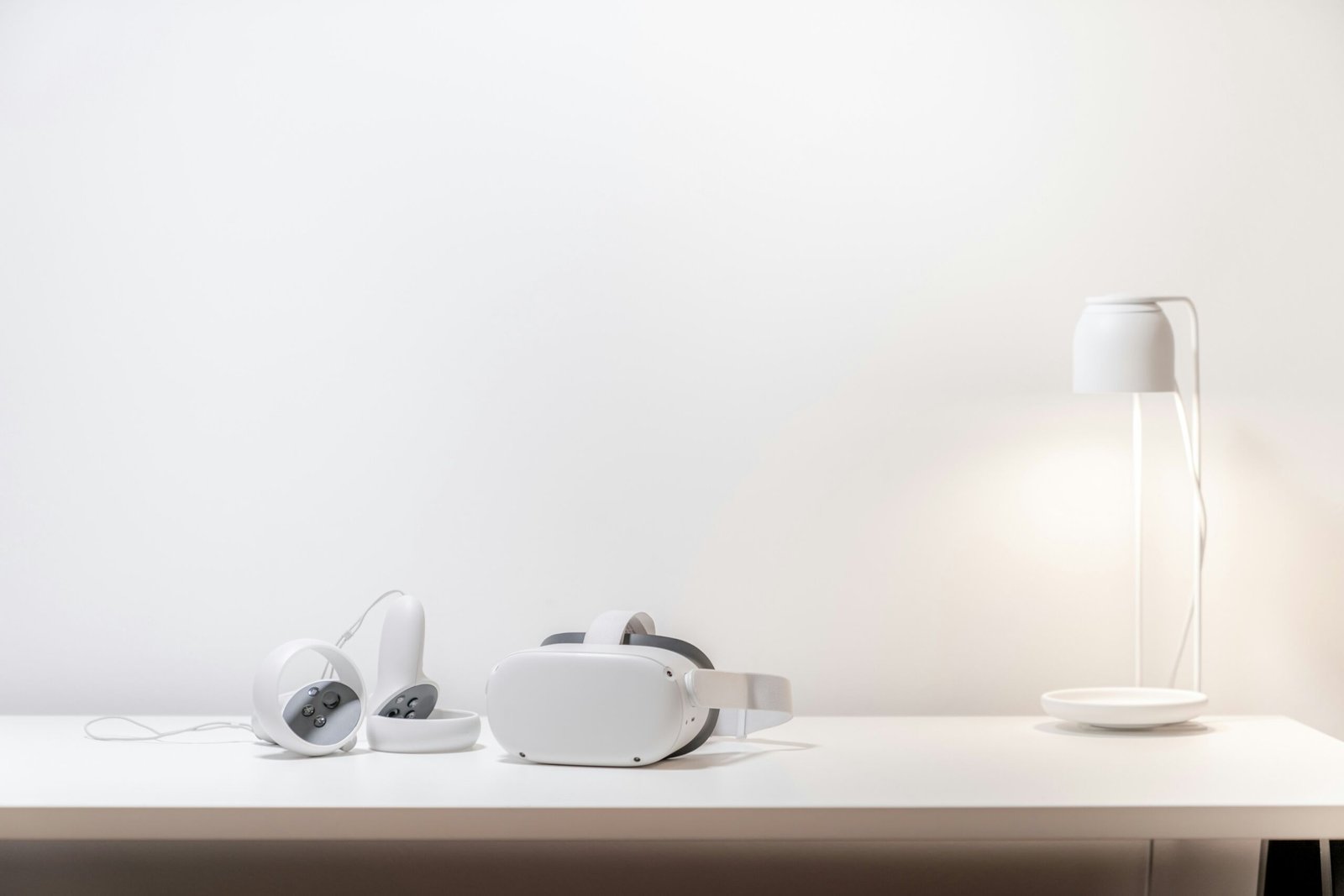Understanding Augmented and Virtual Reality
Augmented Reality (AR) and Virtual Reality (VR) are two pivotal technologies transforming user interactions across numerous domains. Although they may seem similar, they offer distinct experiences. AR layers digital content onto the real world, enhancing user perception of their surrounding environment. In contrast, VR immerses users in a completely virtual environment, isolating them from the physical world. This fundamental difference underpins their unique applications.
The historical context of these technologies dates back to the 1960s, with the pioneering work of computer scientist Ivan Sutherland, who created the first head-mounted display. Since then, technological advancements have propelled AR and VR into the forefront of user experience design. Today, with the integration of sophisticated sensors, improved graphics, and accessible devices, these technologies have become prevalent.
AR has found significant applications in gaming, where it enhances player engagement by allowing interaction with virtual elements in real settings, exemplified by popular games like Pokémon GO. In educational contexts, AR enables interactive learning experiences, fostering deeper engagement and comprehension. Additionally, in healthcare, AR assists in surgical procedures and medical training, providing live overlays of patient data.
Meanwhile, VR is primarily associated with immersive gaming experiences, such as those provided by devices like the Oculus Rift and HTC Vive. Beyond entertainment, VR is making strides in education, with virtual classrooms offering simulated environments for enhanced learning. Hospitals are utilizing VR for therapeutic applications, helping patients manage pain and anxiety. Furthermore, the tourism sector is leveraging VR to offer virtual tours, allowing travelers to explore destinations remotely.
As AR and VR continue to evolve, they are redefining the landscape of user interaction, creating new paradigms of engagement in various fields.
Impact on User Experience
Augmented Reality (AR) and Virtual Reality (VR) have significantly transformed user experiences across various sectors. These technologies allow for enhanced engagement through immersive environments that captivate users’ attention more effectively than traditional media. By simulating real-world scenarios or creating entirely new worlds, AR and VR introduce a level of interactivity previously unattainable, which fosters deeper emotional connections with the content presented.
The personalized experiences delivered by AR and VR are notable. Users can tailor their interactions to match their preferences or needs, resulting in a sense of ownership and control. For example, in retail, AR applications enable customers to visualize products in their own environments before making a purchase. This hands-on approach leads to informed decisions and reduced purchase anxiety. Similarly, VR experiences can perform data-driven tailoring, adjusting scenarios based on user behavior to enhance satisfaction and engagement.
Moreover, AR and VR play crucial roles in storytelling. By allowing users to step into a narrative, brands can enhance the emotional resonance of their messages. The storytelling capabilities of these technologies are evident in successful marketing campaigns, where brands utilize VR to take their audiences on immersive journeys, ultimately establishing a stronger connection between the consumer and the brand. A notable example is an automotive company that employed VR technology to offer virtual test drives, allowing potential customers to experience their products firsthand, thereby influencing purchasing decisions.
These immersive experiences are also proving to be invaluable in training scenarios. Companies are leveraging VR simulations to provide employees with hands-on training in a safe environment, reducing the risks associated with real-world tasks. By incorporating elements of gamification, organizations can enhance retention rates and ensure that users remain engaged throughout the learning process.
Design Challenges in AR and VR Development
Creating effective augmented reality (AR) and virtual reality (VR) experiences presents a myriad of design challenges that developers must navigate to achieve a seamless user experience. One of the primary challenges involves user interface design tailored specifically for immersive environments. Unlike traditional screens, AR and VR demand interfaces that accommodate three-dimensional spaces, requiring designers to rethink traditional design principles. Elements such as buttons, menus, and prompts must be intuitive and readily accessible within the user’s field of vision, minimizing cognitive load while maximizing usability.
Accessibility also emerges as a significant concern in AR and VR development. Ensuring that experiences can be enjoyed by all users, including those with disabilities, necessitates adopting inclusive design practices. This includes considering visual impairments, auditory challenges, and mobility constraints. Designers can employ techniques such as voice commands, adjustable text sizes, and varied control schemes to enhance accessibility, promoting an inclusive environment for all users.
Moreover, spatial awareness is critical in the design of AR and VR applications. Designers must prioritize the understanding of how users interact with virtual spaces, including their movements and the cognitive understanding of surroundings. This can be particularly challenging as users navigate through different scenarios and environments, placing an emphasis on intuitive spatial navigation tools and cues. Creating a natural flow for experiences can greatly enhance engagement and user comfort.
From a technical perspective, developers face challenges associated with hardware limitations. The capability of devices varies significantly, which can affect the performance of AR and VR applications. Designers must optimize their experiences by ensuring compatibility with various devices and configurations while striving for high-quality graphics and responsiveness. Additionally, the integration of AR and VR with existing systems can pose hurdles, necessitating careful planning and testing to ensure smooth functionality. By identifying and addressing these challenges early in the design process, developers can create robust AR and VR experiences that resonate with users.
Best Practices for AR and VR Implementation
Implementing Augmented Reality (AR) and Virtual Reality (VR) technologies requires careful attention to numerous best practices to ensure a positive user experience. One of the most critical principles is user-centered design, which focuses on understanding the needs, preferences, and limitations of users. This approach encourages designers to involve end-users throughout the development process, thus obtaining valuable insights that can enhance the effectiveness of AR and VR solutions.
Iterative testing plays a vital role in refining AR and VR applications. By continuously testing prototypes with real users, developers can identify usability issues and gather feedback that informs necessary adjustments. This process helps to ensure that the final product meets user expectations and operates seamlessly within the intended environment. Moreover, consistent feedback collection facilitates ongoing improvements, allowing developers to adapt their solutions based on users’ evolving needs.
In addition to focusing on user feedback, it’s essential to create inclusive and accessible experiences tailored for diverse audiences. This can be achieved by considering various user demographics, including individuals with disabilities. By integrating features like voice commands, customizable interfaces, and different control schemes, developers can cater to a broader audience and ensure that everyone can enjoy the benefits of AR and VR technologies.
Safety and comfort should also remain at the forefront during AR and VR implementation. Users can experience discomfort or disorientation with prolonged exposure to these immersive technologies. Developers must therefore design experiences that minimize discomfort—such as maintaining optimal frame rates and ensuring safe navigation within virtual environments. By prioritizing user comfort and safety, stakeholders can foster a positive experience that encourages engagement and repeat usage.




